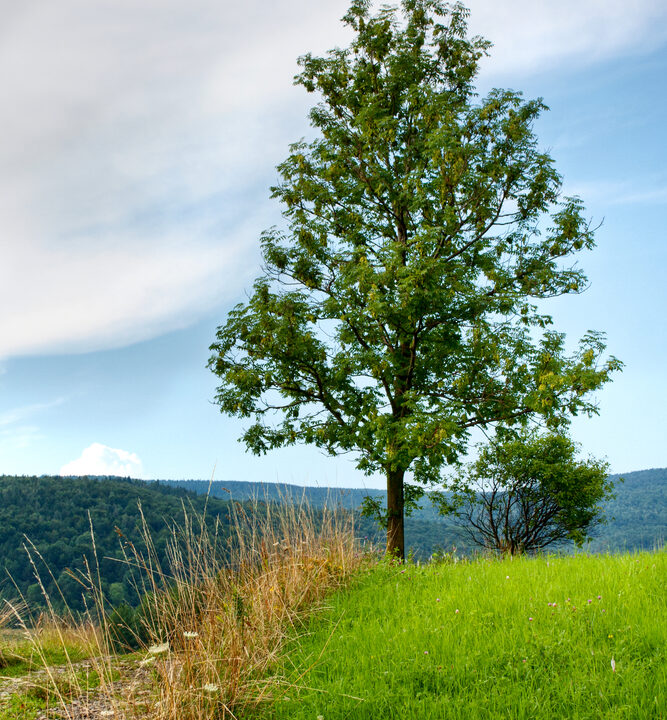More than 800 concerned people attended one of a nationwide series of information meetings to learn more about Chalara fraxinea, or ash dieback as it is commonly known, a very serious threat to ash trees – one of our most important native trees.
This is according to Teagasc in a statement to AgriLand this morning.
The meetings were attended by forest owners, farmers, landowners as well as representatives from other agencies. These were organised by Teagasc and the Department of Agriculture, Food and the Marine.
The head of Teagasc’s Forestry Development Department Dr Nuala Ni Fhlatharta noted: “With 82 confirmed findings in Ireland, the information meetings provided an important and timely opportunity to raise awareness of this serious ash disease. The meetings provided the most up to date information on Ireland’s campaign to eradicate the disease. People found the Q&A sessions very useful as they offered an ideal forum to get answers about ash dieback.”
Teagasc Forestry Adviser based in County Donegal Steven Meyen said: “It was very encouraging to see the large number of people who are concerned about this disease threat to one of our native tree species. They now know what to look out for. Anyone who planted ash trees over the last couple of years should give their ash trees a quick health check over the next few weeks and months.”
He explained: “At this time of year, watch out for wilting ash leaves that remain attached to the tree. Other symptoms include shoot dieback and diamond shaped stem lesions. If you see something you suspect is ash dieback, please call 01-607 2651 or email [email protected]. Do not take samples as it could assist in spreading this serious disease. Please remain vigilant, helping us stop the disease from spreading.”
Visit www.teagasc.ie/forestry for further details of this serious threat to one of our most important native trees.
